Platres (Pano Platres)
Waterfalls, nature trails, bridges, fresh air...all in Platres!
Pano Platres, or simply Platres, are built at an average altitude of 1200 meters and are 39 kilometres from Limassol and 9 kilometres from Troodos.
To the south it borders with Pera Pedi, to the east with Kato Platres, Foini and Prodromos, to the north with Kakopetria and to the west with Moniatis and Amiantos.
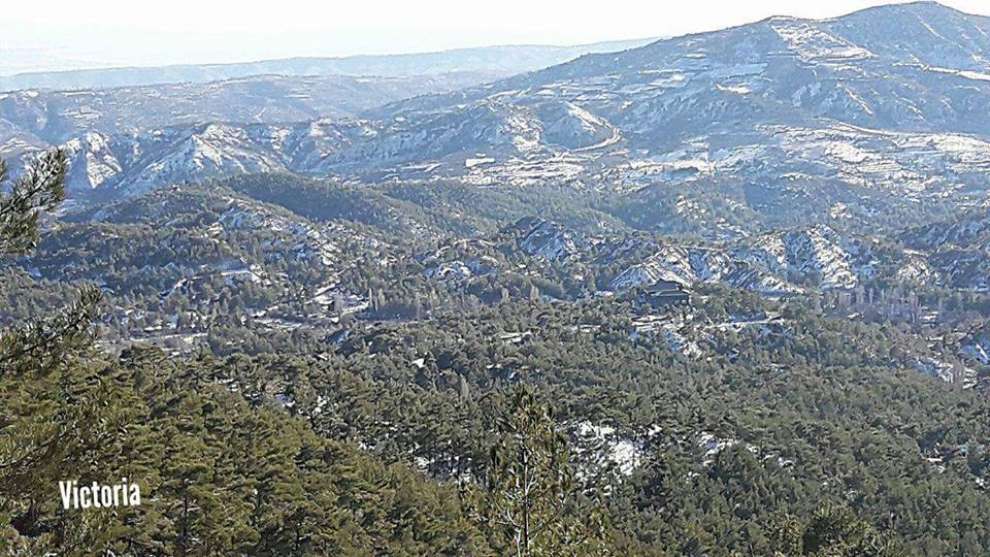 Photo: Victoria
Photo: Victoria
Historical data:
Pano Platres is a very old village but younger than Kato Platres. The village is mentioned among 119 villages of Limassol province, which existed at the time of the Frankish rule in 1192-1489 AD. and the Venetian era, 1489-1571 AD.
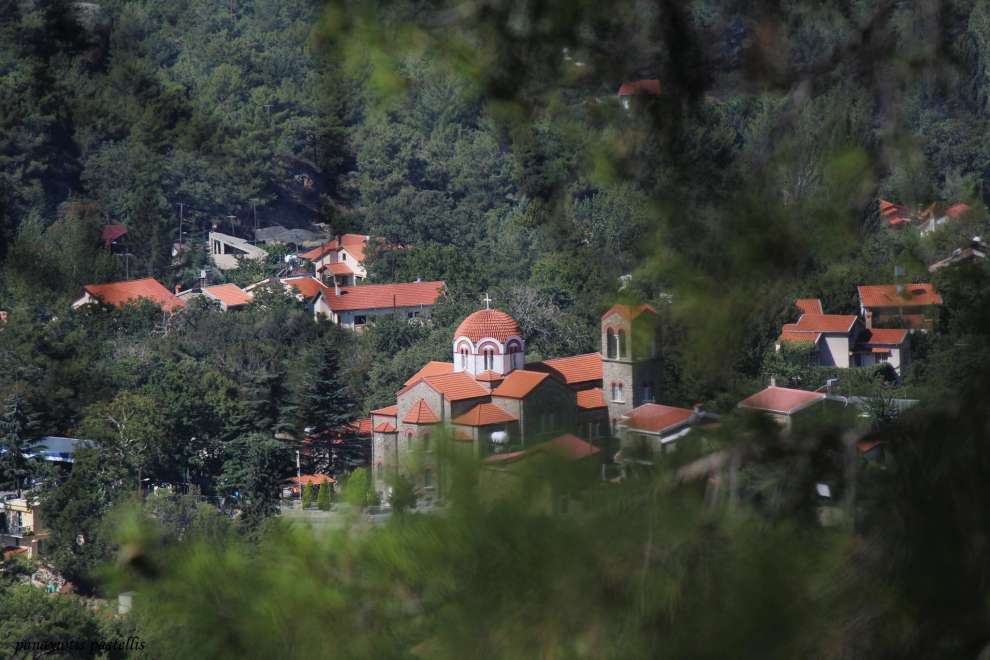 Photo: Pastellis Panayiotis
Photo: Pastellis Panayiotis
The Name of the Village:
The name of the village is Platres, although it is also commonly called Pano Platres, due to the existence of a neighbouring village called Kato Platres.
There are three versions of how the village got its name. According to the first version, the village was named after the word platra which means "one who weaves and sells" because of a weaver who lived in the village and weaved and sold her products.
A second version states that Platres, as a manor of the Frankish rule, to be called plâtre, which in French means "white, plaster". During the Frankish rule on the south side of the Troodos, above the present-day Platres, there was a Frankish monastery whose monks were dressed in white and called Platres. It is believed that the village was named after them. Finally, a third version states the village got its name from the word "plats", which later became Platra and then Platres.
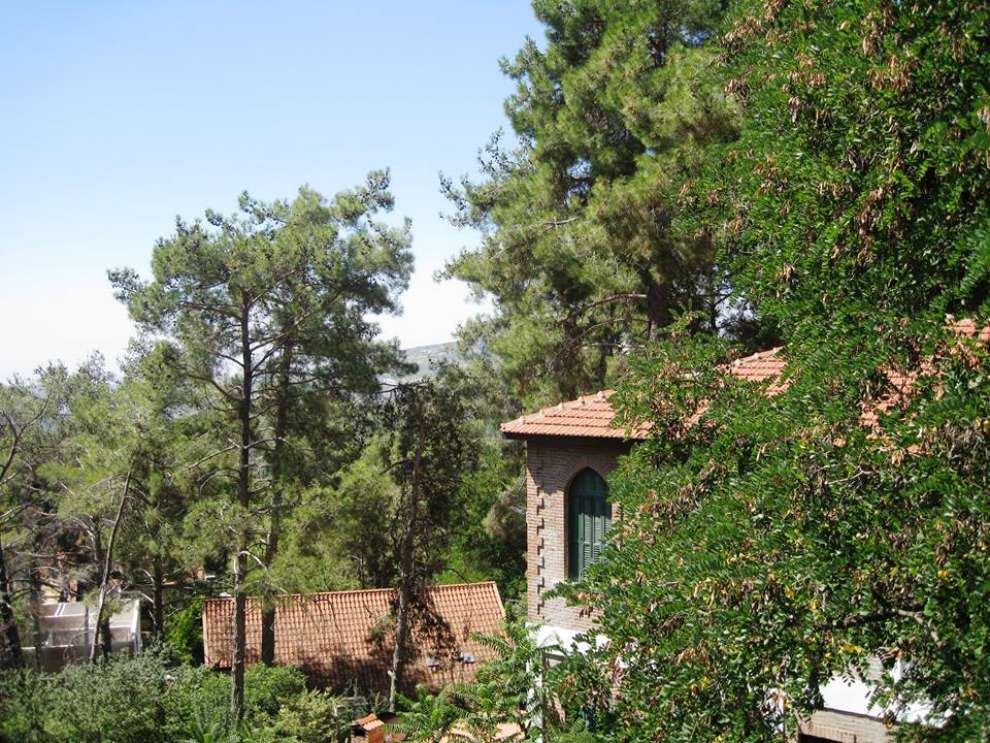 Photo: Ερμής Νεοκλέους
Photo: Ερμής Νεοκλέους
Churches & Sights:
Taking a stroll through Pano Platres you will see the church of the village dedicated to Panagia Faneromeni, building of 1880. The first church of Platres was the chapel of Panagia Faneromeni between Platres and Kato Platres.
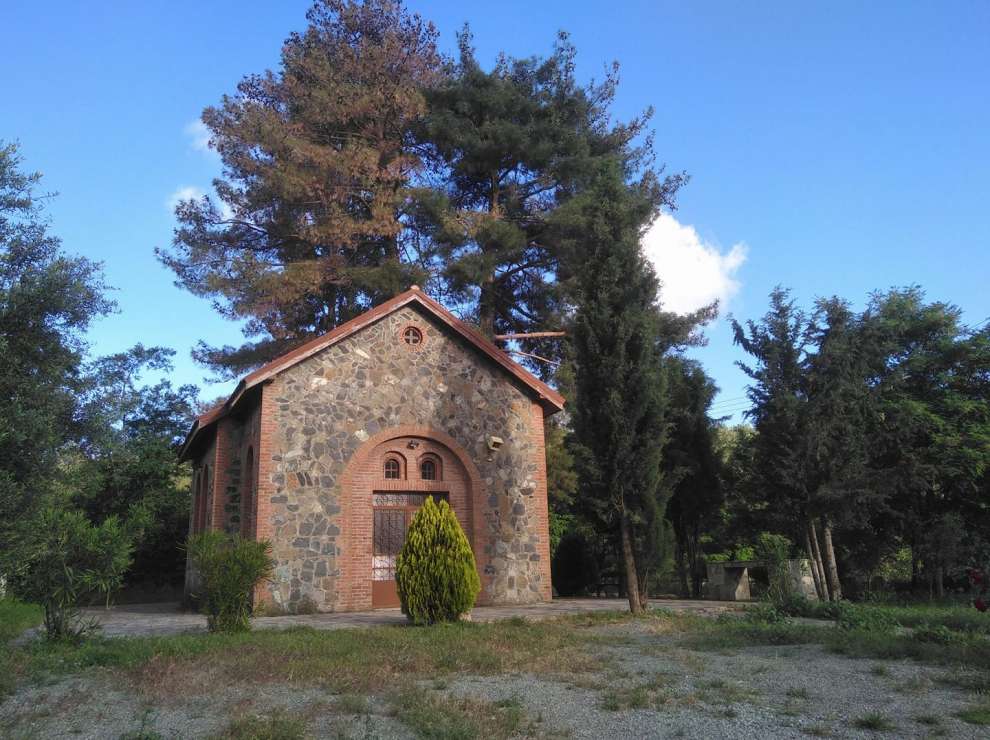 Photo: ΑΝΔΡΕΑΣ ΧΡΙΣΤΟΦΟΡΟΥ
Photo: ΑΝΔΡΕΑΣ ΧΡΙΣΤΟΦΟΡΟΥ
There are also many chapels in the village, such as the Chapel of Panagia Iamatiki, which began to be built in 1940 and completed in 1975, on the ruins of an old Monastery, the chapel of Agios Nikolaos in 1995 and above the ruins of the old monastery,the chapel of Agia Irini.
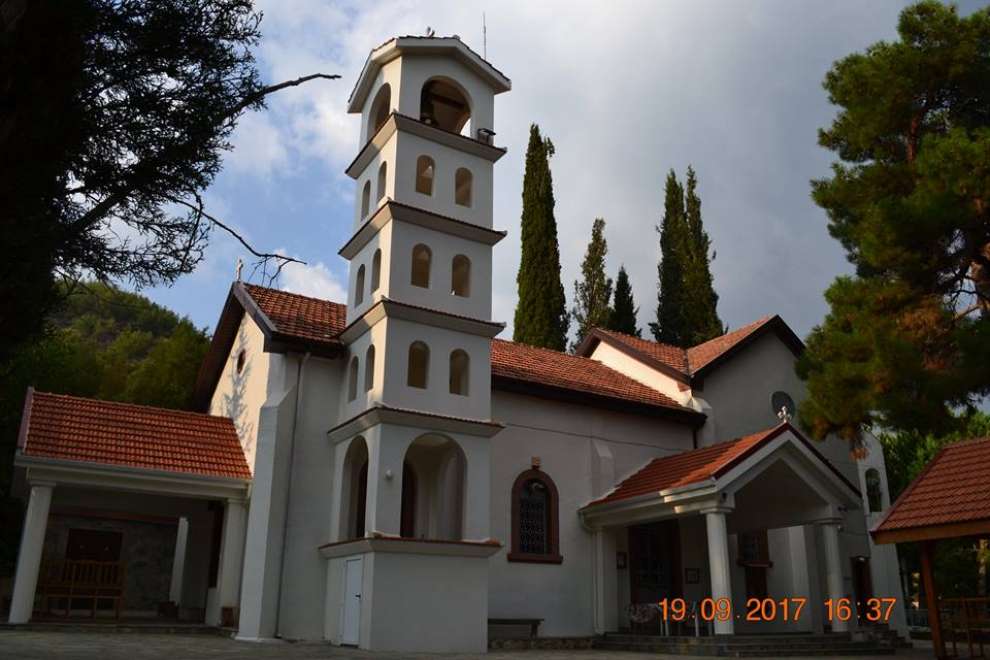 Photo: Costas Mageiroudes
Photo: Costas Mageiroudes
In addition, in the village, you can see the old Municipal Market building that has been restored and converted into a cultural centre, the Roxane Koudounari fountain, built in 1936 and located on Caledonia Street across from the Valley of Hariton. You can also see the Heroes Monuments dedicated to community heroes such as the monument dedicated to Stelios Mavro who was sentenced by the English to two years in prison on 23/01/1957, a monument located in the village's homonymous park and a monument dedicated to Andrea Paraskevas who fell on July 22, 1974.
In Pano Platres there are many Nature Trails that cross the village, such as the Kalidonia Trail leading to the waterfall, the Kalidonia waterfall, the Milomeri trail which also leads to a beautiful waterfall, the Millomeris waterfall and the nature trail of the bridge of Milia.
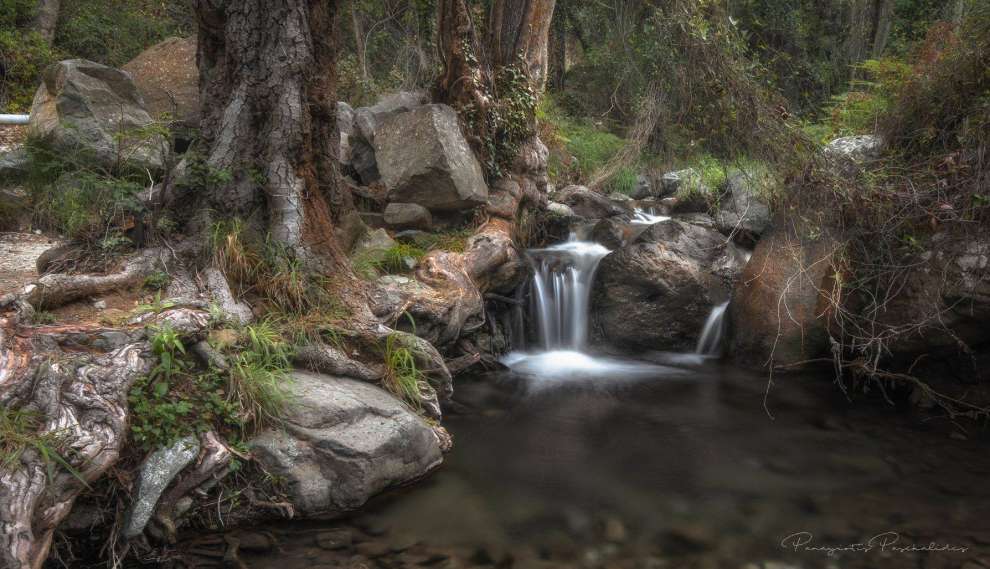 Photo: Panayiotis S Panayiotis
Photo: Panayiotis S Panayiotis
Green areas with tall plane trees, drowned in greenery, give beauty to the village and are worth a visit, such as the valley of Hariton and Psilo Dendro, the Krios River flowing from Chionistra, the Cypriot Mount Olympus and heading south crosses east of Platres.
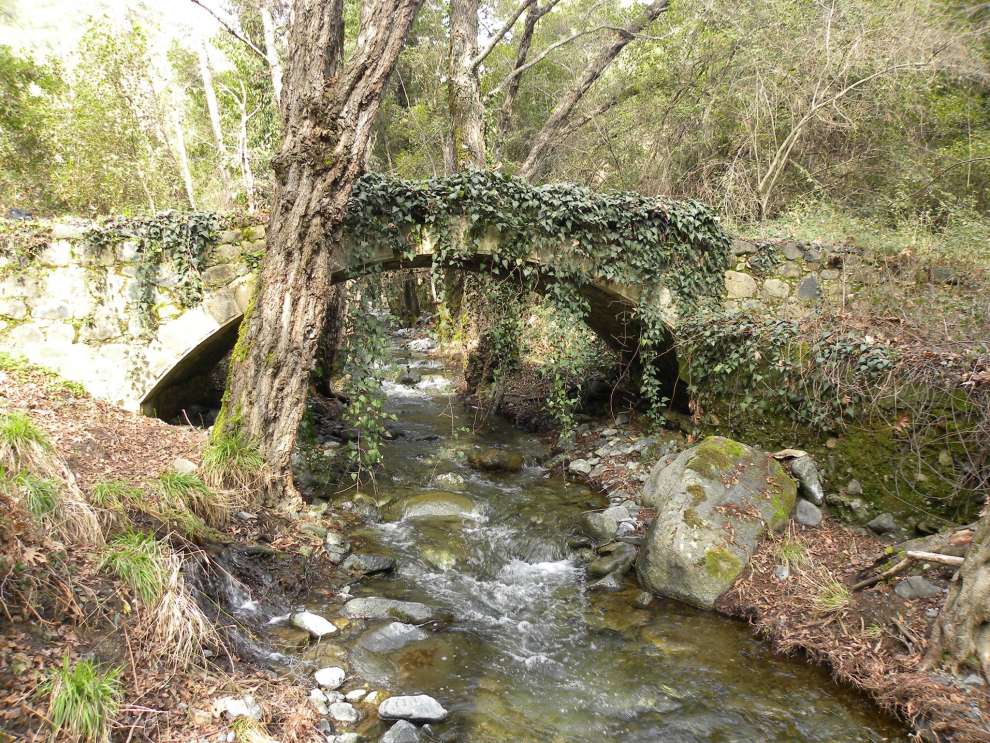 Photo: Skevi Louca
Photo: Skevi Louca
Tourism Development:
The tourist development of Platres began with the occupation of Cyprus by the English in 1878. When in 1890 luxurious villas, hotels and holiday homes began to be built. The first hotel built in Platres was «Τα Κρύα Νερά» ("The Cold Water") in 1900 and then more followed. The first holidaymakers of Platres were expatriates from Egypt, followed by foreigners from the international community of Egypt. Almost all the celebrities who came to Cyprus visited and stayed in the hotels of the village.
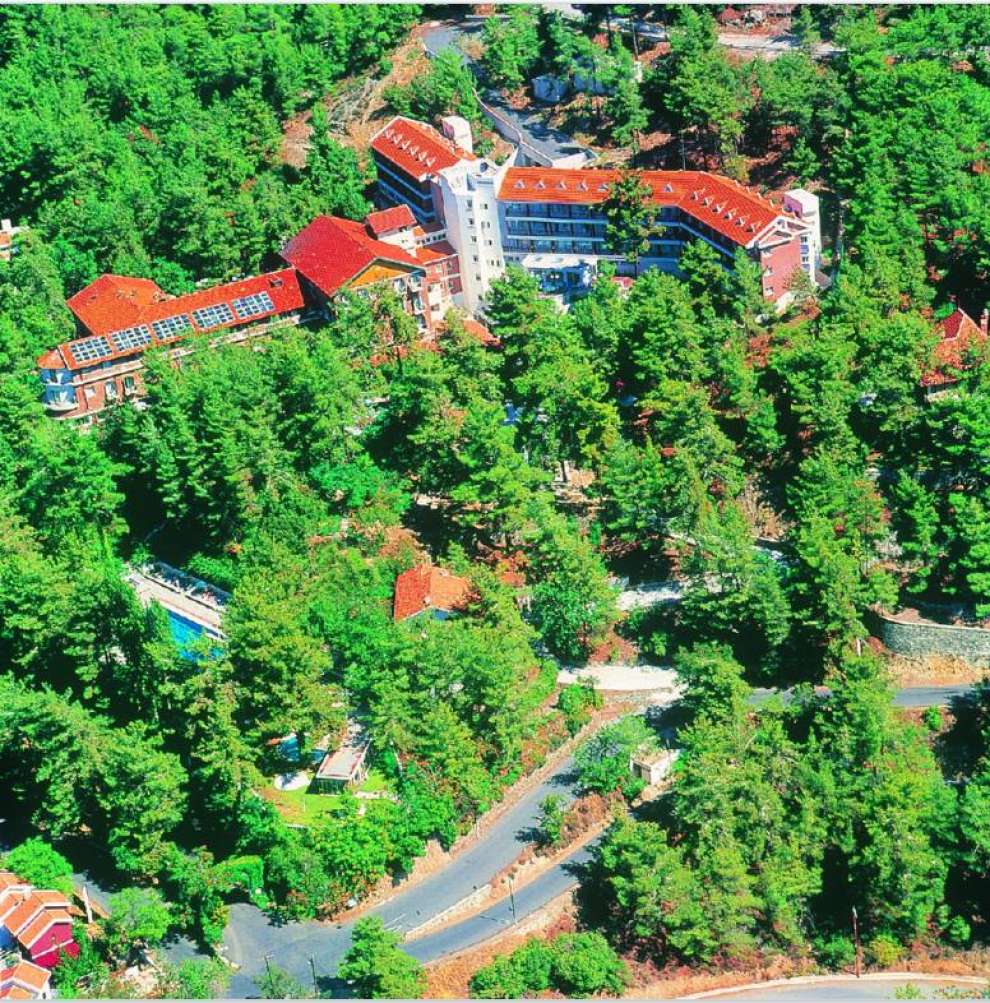 Photo: FOREST PARK HOTEL - PLATRES CYPRUS
Photo: FOREST PARK HOTEL - PLATRES CYPRUS
By the time of the EOKA struggle (1955-59), Platres had become an English army camp and the hotels had been overrun by the military authorities. Thus, the village of Platres ceased to function as a tourist resort. After the independence of Cyprus in 1960, tourism began to develop again until the Turkish invasion of 1974. In the last years, however, tourist growth has again been observed in Platres.
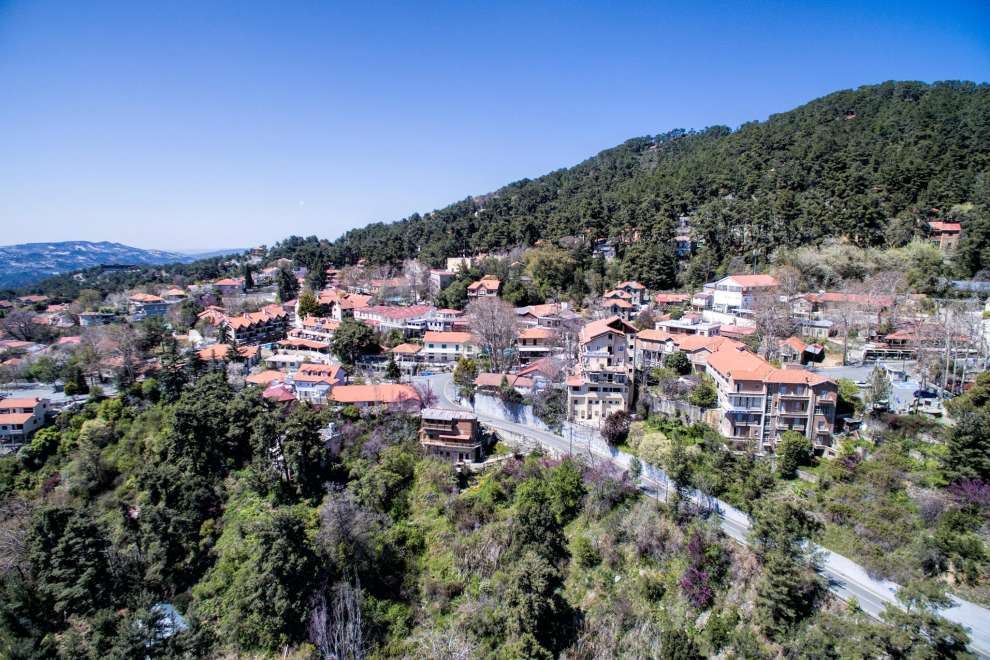 Photo: MyTroodos.com
Photo: MyTroodos.com
Population:
The population of Pano Platres has experienced several fluctuations. The permanent population is around 250 residence. In the summer months the population is increases to 10000. Specifically in 1881 the village had 100 inhabitants while by 1946 it had increased to 502. In 1960 they decreased to 413, and to 307 in 1973. They increased in 1976 to 381 and in 1980 to 442. In 1992, Platres had a population of 377, which decreased to 239 by 2011. In 2018 the village's population was approximately 280.
Crops and Occupations:
Most residents of Pano Platres are occupied with tourist occupations such as hotels, restaurants and entertainment centres, while few are engaged in fruit crops.
For the map of the area click HERE

 English
English
 Ελληνικά
Ελληνικά Русский
Русский



























